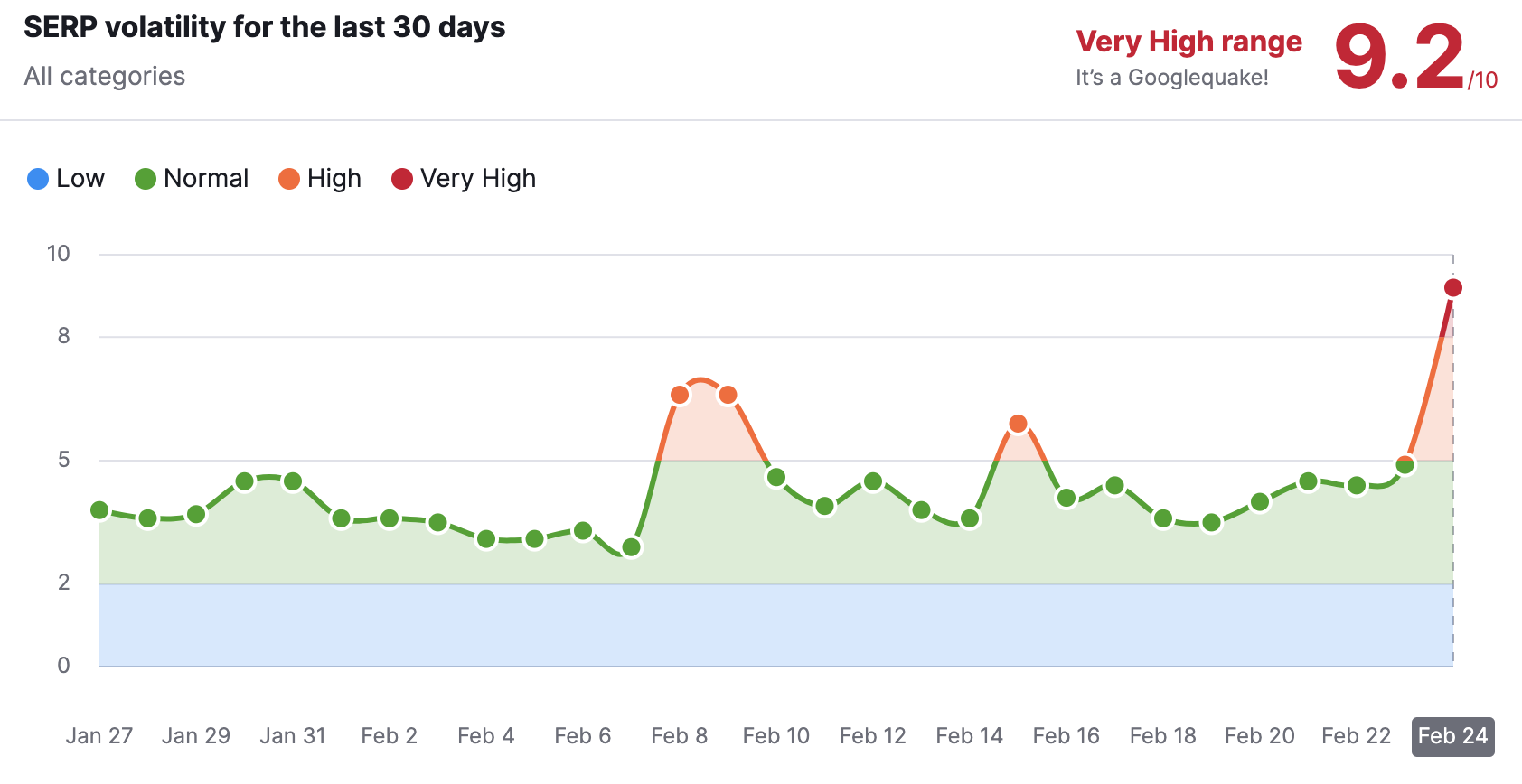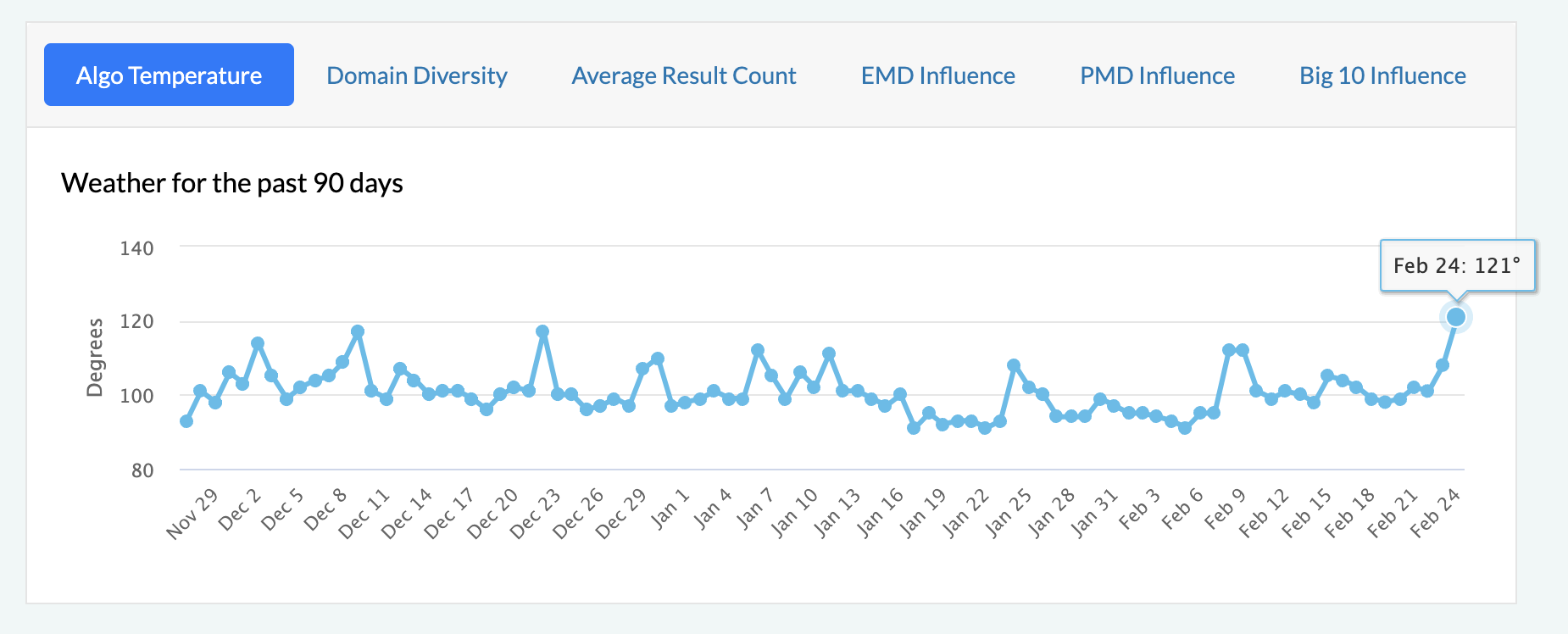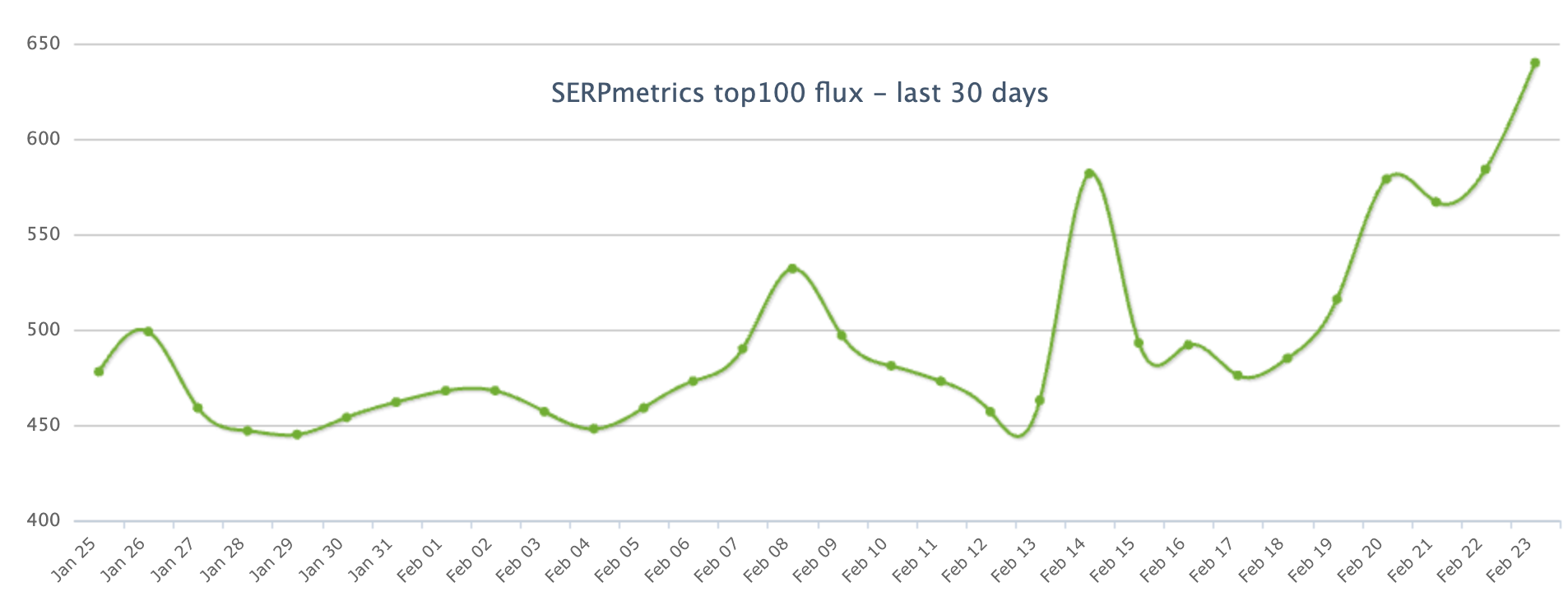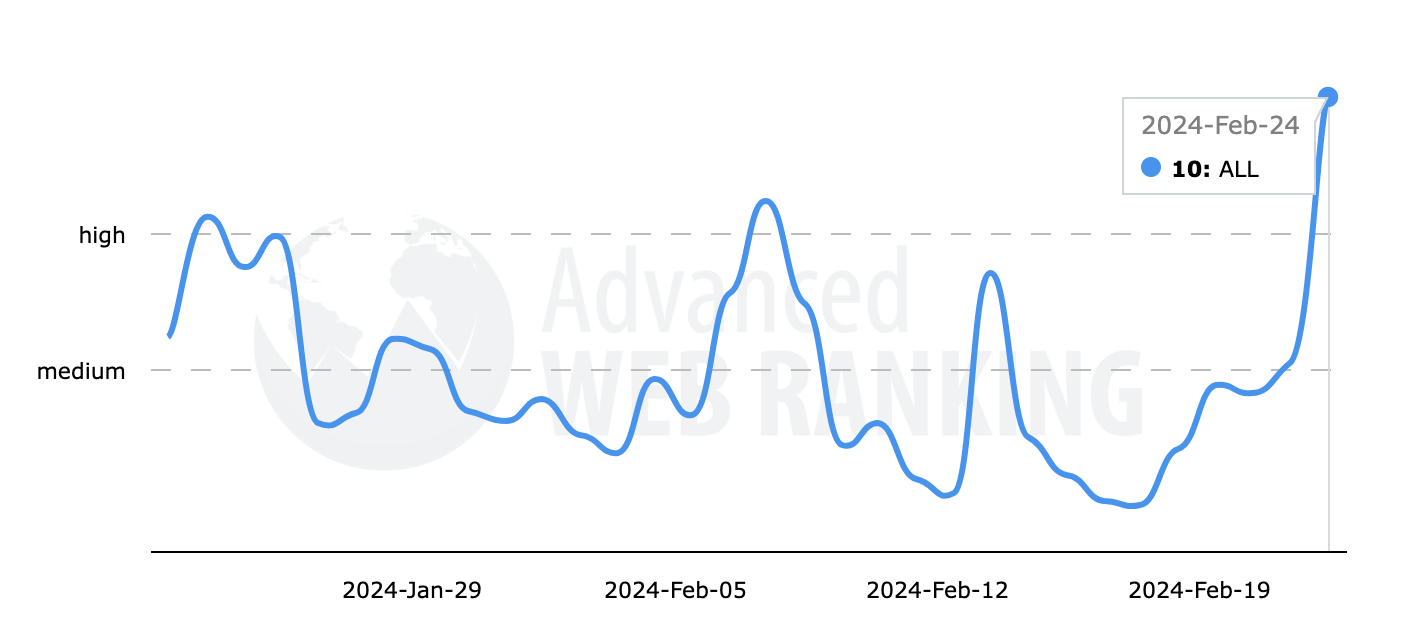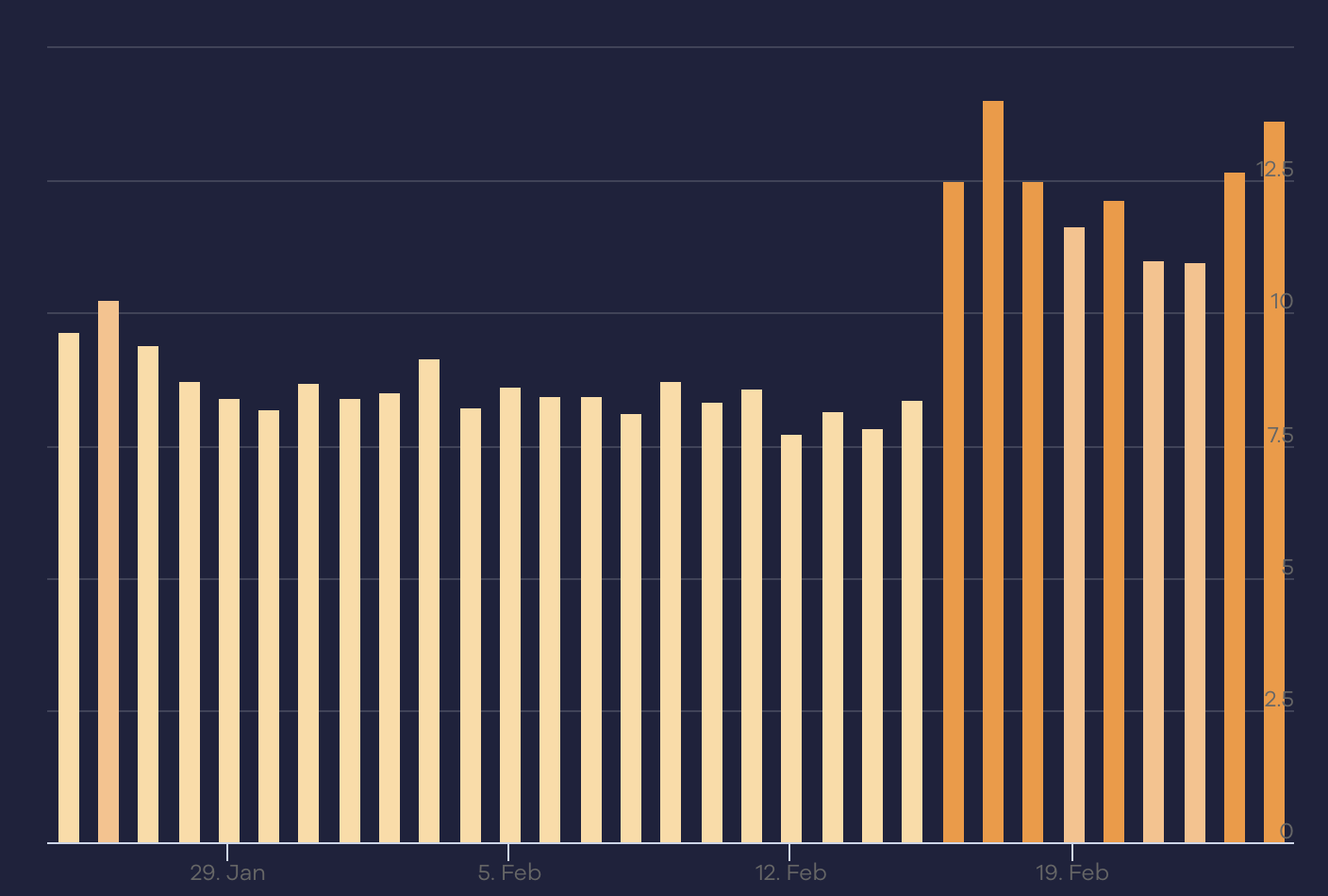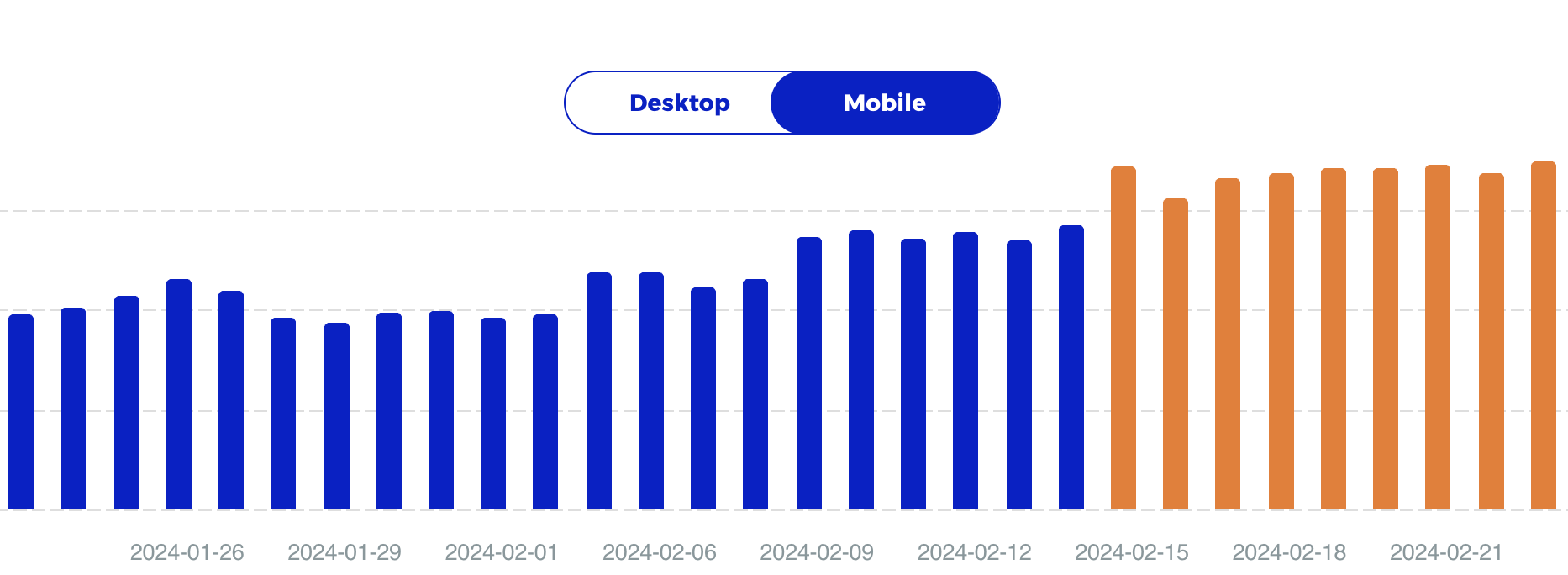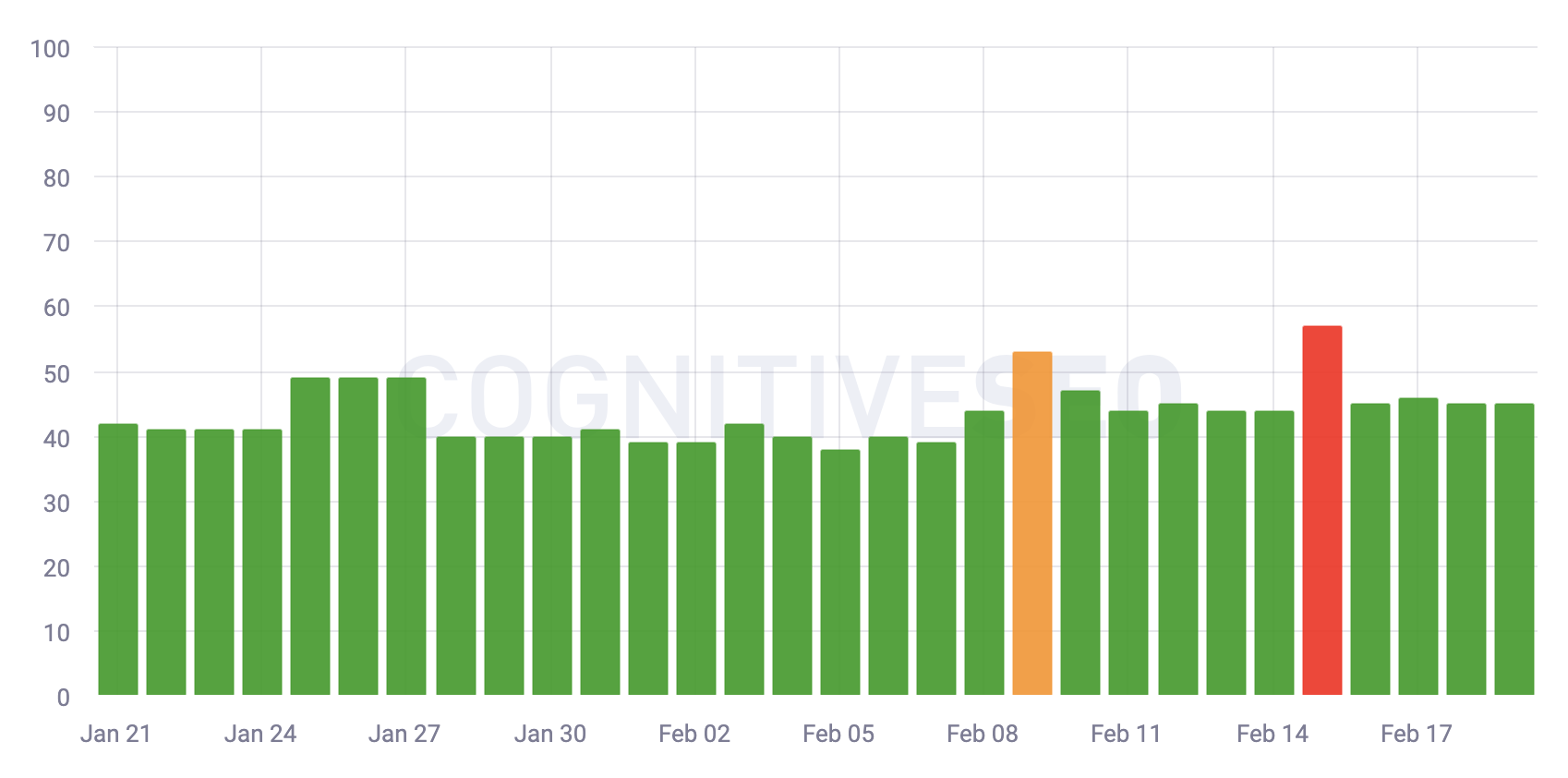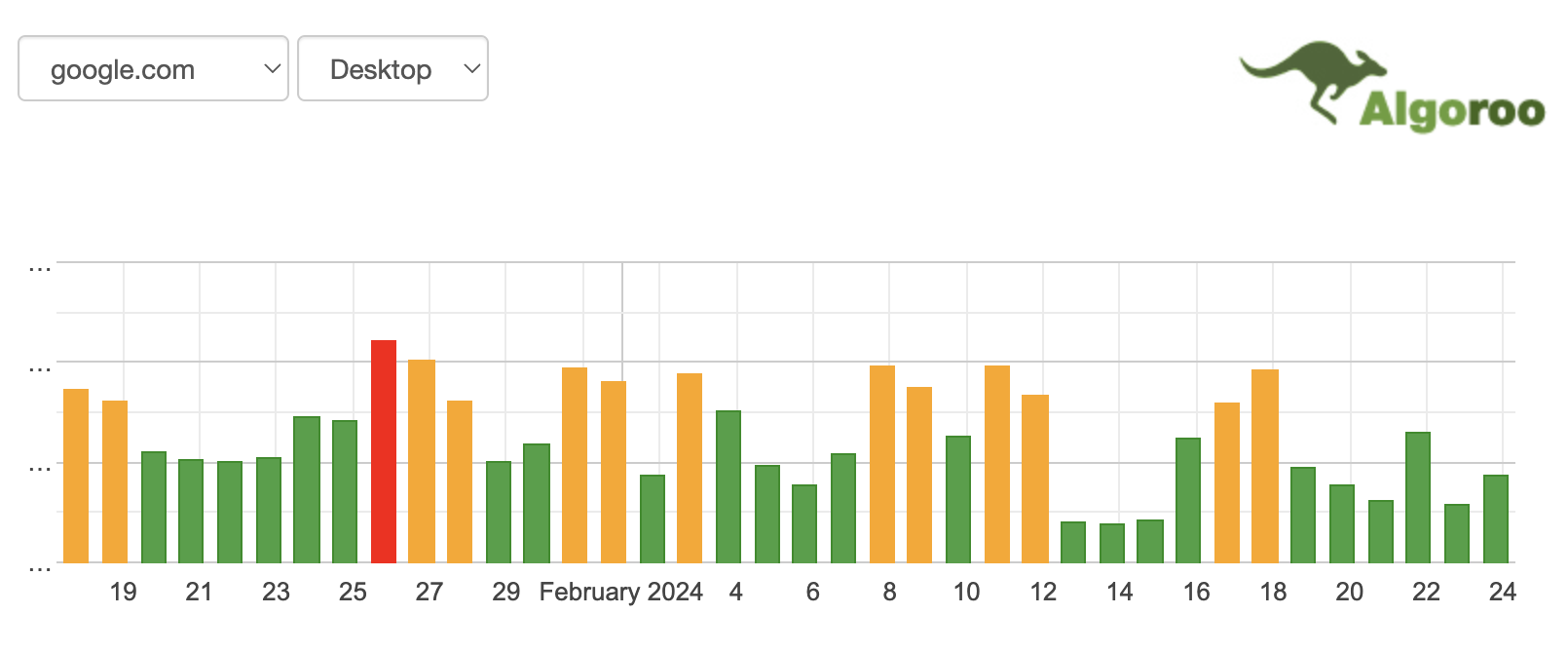OTHER
Empowered by AI and Automation in the Telecommunications Sector

The 5G Revolution is Empowered by AI and Automation in the Telecommunications Sector
The convergence of artificial Intelligence (AI) and automation has ushered a transformative era in the telecom sector.
In the telecoms industry, the sheer power and performance of 5G arguably takes us to that tipping point. The scope and scale of 5G is transformational but the resulting networks are too complex for people to operate cost-effectively without the use of AI, automation tools and cognitive technologies.
Yes, 5G affords endless opportunities for revenue, productivity and experience upsides and broader impact too, for example sustainability – but telecoms players will never make the very most out of 5G without automation, prediction, and orchestration tools. And especially so in a context of rising pressures and challenges, from rising data storage costs and the complexity of wireless/wireline convergence across multiple domains, to managing legacy systems and growing capital intensity needs, alongside addressing data quality, accessibility, literacy and data harmonization at individual and organisational levels.
Indeed, recent CSP research by Nokia available here finds that only 6% of respondents believe they are at the most-advanced level of automation, that reliant on AI and Machine Learning. No wonder then that research by SkyQuest finds that AI within telecoms is expected to attain a $10.4 billion valuation by 2030 and that collaborations are pivotal to underpin these advances, an excellent example being the recent partnership between MediaTek and NVIDIA – one poised to foster the next-generation of always-connected intelligent vehicles, embedded with the latest AI and computing capabilities.
Clearly, it is no longer a question of whether to adopt AI – but where and how to get started.
What Does AI Offer for 5G Networks?
The fifth generation of cellular networks (5G) is significantly more complex than its predecessors due to factors such as increased cell density, differentiated service requirements, and coexistence with legacy networks. Traditional operations and management solutions, which heavily rely on human intervention therefore become increasingly infeasible to support such complex networks at a reasonable and efficient operating expense.
AI can be applied at all stages of a telecom providers operations. AI simplifies deployment and network management by automating processes, improving network planning and forecasting, and optimizing resource allocation. It enhances service quality by prioritizing critical applications and services, ensuring ‘friction-free’ user experiences, especially in demanding contexts such as highly immersive and interactive metaverse scenarios. Further, AI contributes to higher network efficiency by analysing traffic patterns and device usage, enabling intelligent resource distribution based on real-time demand, whilst also helping to minimize the volume of data generated by client devices.
AI-driven analytics also improve network security by detecting and mitigating threats in real-time, while predictive maintenance reduces downtime and enhances reliability. Further still, AI can support more intelligent operations for sustainability benefits which can range from RAN energy reduction, optimised and reduced site expansions through AI driven capacity planning, and a significant reduction in CO2 via virtual drive testing approaches. It’s clearly a very broad set of benefits – let’s explore some key examples now in more detail.
AI and Automation to Boost 5G Profitability and Value
Of all the ‘tech pairings’ within today’s ‘Age of Convergence’, I believe the combination of AI and Automation is the leading catalyst for innovation, especially within telecoms. Automation improves customer service levels and enhances customer experience by executing and streamlining routine pre-defined tasks and reducing the need for manual intervention to improve network quality – and combined with AI – to offer increasingly personalized services too, further enhanced by superior insights into customer behaviours and preferences. This optimizes ‘Quality of Service’ by identifying and prioritizing critical applications and services, ensuring smooth user experiences even during high-demand scenarios. Compliance navigation is another growing use case.
Furthermore, AI algorithms can analyse and learn from massive amounts of multidimensional data, including cross domain in nature and in real-time to advance data-driven inference / prediction, decision-making and predictive analytics, for example automatically predicting traffic patterns and optimizing network resources. This dynamic adjustment of network parameters leads to improved network performance. Together, better customer service and improved network performance aids in both retaining and attracting customers. Given rising operational challenges such as tool sprawl, alert overload, burnout and talent shortages, I believe this improvement can equally support employee retention and onboarding too. Indeed, new research by Webex has shown the benefits of AI for both communication and wellbeing, more on this here.
AI can also help reduce capital expenditure by optimizing network performance including ensuring observability, coverage auto-optimizing and improving resource allocation. By analysing traffic patterns, device usage, engineering parameters and other factors, AI can automatically adjust network settings and reroute traffic in real-time, ensuring efficient utilization of network capacity – while pointing network planners to the best routes for upgrade and expansion.
Overall, AI supports more efficient management of network capacity leading to reduced infrastructure costs. When AI is applied to network management it also opens doors to new revenue streams by maximizing network capacity. This maximized capacity enables the provision of value-added services, such as personalized offerings to improve customer experience alongside advances such as zero-tech optimization and operations, with continual and real-time performance improvements, empowered by AI’s self-learning at scale.
How Does Performance and Optimization with AI Work? – Examples in Practice
AI is employed for intelligent beamforming in massive MIMO systems, improving signal quality and coverage, particularly in densely populated urban areas. AI can also increase the number of services operating concurrently whilst helping to prevent service disruption. When AI-powered predictive maintenance is applied to 5G infrastructure, operators can proactively identify potential issues before they cause network outages, thereby reducing downtime and mean-time-to-repair, enhancing service delivery and reliability, whilst all helping to ensure a frictionless user experience.
Additionally, Network Slicing in 5G technology enables the segmentation of the network into distinct, isolated portions, each tailored to specific needs. Artificial intelligence affords 5G ‘smart slicing’ – this by dynamically and automatically managing and optimizing these slices according to the specific applications and services they support. This close and adaptive management ensures optimal performance and resource allocation for each slice, and each with its own characteristics and service level agreements.
Finally, AI can also support discovery – beyond areas such as consumer behaviours, preferences, pain points and segmentation to broader use cases such as smart manufacturing, massive IoT and ultra-reliable low-latency communication, whilst also evaluating the feasibility and profitability of each!
AI to Boost 5G Network Security
Cybersecurity is afforded a huge boost with AI, as algorithms analyse network traffic patterns to identify anomalies and potential security threats, such as malware. This real-time analysis enables network operators to detect and respond to security threats quickly, reducing the risk of network breaches and protecting users’ data, something ever more critical given the rising diversification in threat approaches as cyberattacks continue to escalate in scope, scale and sophistication – and with the associated costs brought into sharp focus here (research by Secureworks).
AI and Machine Learning algorithms continuously detect and mitigate security threats in real-time, making 5G networks more secure against various forms of cyberattacks. That includes through behavioural analysis: AI-driven behavioural analysis helps detect unusual patterns in user activity or network behaviour, signalling potential security breaches.
By monitoring and analysing user behaviour, automated security can identify suspicious activities and alert network operators to take appropriate action. Indeed, AI-based analytics tools can detect more subtle nuanced patterns in network traffic, helping mobile network operators (MNOs) identify and respond to sophisticated cyber threats.
These advanced analytics tools go beyond traditional rules-based detection systems, providing a more robust and proactive defence against AI-based malware and other emerging threats.
360 Degrees of AI-Powered Automation Benefits… on the Edge
Network operations, known to be one of the most complex aspects of a MNOs business, are crucial for a network’s success. These operations demand coordination across large business units, but the sheer capabilities of 5G have made network operations tough for humans to run.
AI simplifies these tasks, removing the complexity, by enhancing functions everywhere – from in-store experiences to call centre efficiency to network management. Telcos are increasingly adopting AI to optimize these service operations, and much of the action is at the edge: out in the field.
Indeed, edge AI is a significant focus for MediaTek, a global leader in semiconductor technology, emphasizing local AI processing in devices rather than relying on cloud-connected support: just the right fit for 5G networks that are by definition highly distributed. Thinking about smartphones specifically, with some 5 billion in use already, I believe the rise of on-device AI is set to transform these most ubiquitous of devices.
And thanks to MediaTek chips, MNOs can achieve real-time processing all at low power consumption – at the extremes of the edge. Edge AI from MediaTek includes Deep Learning Accelerators, Visual Processing Units, Multicore Scheduler, and Software Development Kits. In addition, MediaTek has recently announced it’s leveraging of Meta ’s Llama 2 Large Language Model (LLM) alongside its advanced APUs and NeuroPilot AI Platform.
This paves the way for on-device processing of Generative AI applications with the intent to build a complete edge computing ecosystem with the acceleration of AI application development embedded by design – across smartphones, smart-home, IoT, automotive and other edge devices. And in respect to vehicles specifically, you can also explore news of the partnership between MediaTek and NVIDIA here – a collaboration set to advance the next-generation of always-connected intelligent vehicles, and with the latest AI and computing capabilities.
Final Thoughts
The complexity of 5G networks necessitates the ‘power pairing’ of AI and automation for efficient, cost-effective and sustainable operations. By simplifying management, enhancing forecasting, optimizing resources, bolstering proactive security, minimizing downtime, and improving the customer and employee experience alike, AI unlocks the full promise of 5G for telecoms while boosting revenues — making its adoption imperative. In addition, the benefits of AI can exist across a continuum of compute: from on-device, to cloud, edge cloud, multi-access edge compute (MEC) or datacentre.
And with Edge-AI specifically, as exemplified by MediaTek’s continuing innovation at the edge, I believe this is raising the game in the augmentation of human intelligence and the enablement of hyper-personalization, privacy, security, and responsiveness – by design.
OTHER
Why Malia Obama Received Major Criticism Over A Secret Facebook Page Dissing Trump

Given the divisive nature of both the Obama and Trump administrations, it’s unsurprising that reactions to Malia Obama’s alleged secret Facebook account would be emotional. Many online users were quick to jump to former President Donald Trump’s defense, with one user writing: “Dear Malia: Do you really think that anyone cares whether you and/or your family likes your father’s successor? We’re all trying to forget you and your family.”
Others pointed out the double standard held by those who condemn Trump for hateful rhetoric but praise people like Malia who speak out against her father’s successor in what they believe to be hateful rhetoric. Some users seemed bent on criticizing Malia simply because they don’t like her or her father, proving that the eldest Obama daughter couldn’t win for losing regarding the public’s perception of her or her online presence.
The secret Facebook situation is not all that dissimilar to critics who went after Malia for her professional name at the 2024 Sundance Film Festival. In this instance, people ironically accused Malia of using her family’s name to get into the competitive festival while also condemning her for opting not to use her surname, going by Malia Ann instead.
OTHER
Best Practices for Data Center Decommissioning and IT Asset Disposition

Data center decommissioning is a complicated process that requires careful planning and experienced professionals.
If you’re considering shutting down or moving your data center, here are some best practices to keep in mind:
Decommissioning a Data Center is More than Just Taking Down Physical Equipment
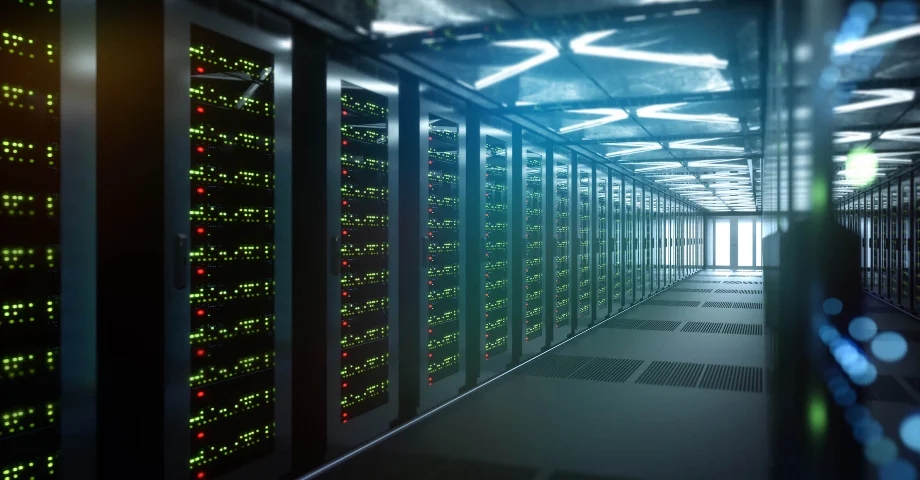
Decommissioning a data center is more than just taking down physical equipment. It involves properly disposing of data center assets, including servers and other IT assets that can contain sensitive information. The process also requires a team with the right skills and experience to ensure that all data has been properly wiped from storage media before they’re disposed of.
Data Centers Can be Decommissioned in Phases, Which Allows For More Flexibility
When you begin your data center decommissioning process, it’s important to understand that it’s not an event. Instead, it’s a process that takes place over time and in phases. This flexibility allows you to adapt as circumstances change and make adjustments based on your unique situation. For example:
-
You may start by shutting down parts of the facility (or all) while keeping others running until they are no longer needed or cost-effective to keep running.
-
When you’re ready for full shutdown, there could be some equipment still in use at other locations within the company (such as remote offices). These can be moved back into storage until needed again.
Data Center Decommissioning is Subject to Compliance Guidelines
Data center decommissioning is subject to compliance guidelines. Compliance guidelines may change, but they are always in place to ensure that your organization is following industry standards and best practices.
-
Local, state and federal regulations: You should check local ordinances regarding the disposal of any hazardous materials that were used in your data center (such as lead-based paint), as well as any other applicable laws related to environmental impact or safety issues. If you’re unsure about how these might affect your plans for a decommissioned facility, consult an attorney who specializes in this area of law before proceeding with any activities related to IT asset disposition or building demolition.
-
Industry standards: There are many industry associations dedicated specifically toward helping businesses stay compliant with legal requirements when moving forward with projects such as data center decommissioning.
-
Internal policies & procedures: Make sure everyone on staff understands how important it is not just from a regulatory standpoint but also from an ethical one; nobody wants their name associated with anything inappropriate!
Companies Should Consider Safety and Security During the Decommissioning Process
Data center decommissioning is a complex process that involves several steps. Companies need to consider the risks associated with each step of the process, and they should have a plan in place to mitigate these risks. The first step of data center decommissioning is identifying all assets and determining which ones will be reused or repurposed. At this point, you should also determine how long it will take for each asset to be repurposed or recycled so that you can estimate how much money it will cost for this part of your project (this can be done through an estimate based on previous experience).
The second step involves removing any hazardous materials from electronic equipment before it’s sent off site for recycling; this includes chemicals used in manufacturing processes like lead-free solder paste adhesives used on circuit boards made from tin-based alloys containing up 80% pure tin ingots stamped out into flat sheets called “pucks”. Once these chemicals have been removed from whatever device needs them taken off their surfaces then those devices can safely go through any other necessary processes such as grinding away excess plastic housing material using high pressure water jets until only its bare frame remains intact without any cracks where moisture might collect inside later causing corrosion damage over time due too much moisture exposure.
With Proper Planning and an Effective Team, You’ll Help Protect Your Company’s Future
Data center decommissioning is a complex process that should be handled by a team of experts with extensive experience in the field. With proper planning, you can ensure a smooth transition from your current data center environment to the next one.
The first step toward a successful data center decommissioning project is to create a plan for removing hardware and software assets from the building, as well as documenting how these assets were originally installed in the facility. This will allow you or another team member who may inherit some of these assets later on down the line to easily find out where they need to go when it’s time for them to be moved again (or disposed).
Use Professional Data Center Decommissioning Companies
In order to ensure that you get the most out of your data center decommissioning project, it’s important to use a professional data center decommissioning company. A professional data center decommissioning company has experience with IT asset disposition and can help you avoid mistakes in the process. They also have the tools and expertise needed to efficiently perform all aspects of your project, from pre-planning through finalizing documentation.
Proper Planning Will Help Minimize the Risks of Data Center Decommissioning

Proper planning is the key to success when it comes to the data center decommissioning process. It’s important that you don’t wait until the last minute and rush through this process, as it can lead to mistakes and wasted time. Proper planning will help minimize any risks associated with shutting down or moving a data center, keeping your company safe from harm and ensuring that all necessary steps are taken before shutdown takes place.
To Sum Up
The key to a successful ITAD program is planning ahead. The best way to avoid unexpected costs and delays is to plan your ITAD project carefully before you start. The best practices described in this article will help you understand what it takes to decommission an entire data center or other large facility, as well as how to dispose of their assets in an environmentally responsible manner.
OTHER
Massive Volatility Reported – Google Search Ranking Algorithm Update

I am seeing some massive volatility being reported today after seeing a spike in chatter within the SEO community on Friday. I have not seen the third-party Google tracking tools show this much volatility in a long time. I will say the tracking tools are way more heated than the chatter I am seeing, so something might be off here.
Again, I saw some initial chatter from within the SEO forums and on this site starting on Friday. I decided not to cover it on Friday because the chatter was not at the levels that would warrant me posting something. Plus, while some of the tools started to show a lift in volatility, most of the tools did not yet.
To be clear, Google has not confirmed any update is officially going on.
Well, that changed today, and the tools are all superheated today.
Google Tracking Tools:
Let’s start with what the tools are showing:
So most of these tools are incredibly heated, signaling that they are showing massive changes in the search result positions in the past couple of days.
SEO Chatter
Here is some of the chatter from various comments on this site and on WebmasterWorld since Friday:
Speaking of, is anyone seeing some major shuffling going on in the SERPs today? It’s a Friday so of course Google is playing around again.
Something is going on.
Pages are still randomly dropping out of the index for 8-36h at a time. Extremely annoying.
Speaking of, is anyone seeing some major shuffling going on in the SERPs today? It’s a Friday so of course Google is playing around again
In SerpRobot I’m seeing a steady increase in positions in February, for UK desktop and mobile, reaching almost the ranks from the end of Sep 2023. Ahrefs shows a slight increase in overall keywords and ranks.
In the real world, nothing seems to happen.
yep, traffic has nearly come to a stop. But exactly the same situation happened to us last Friday as well.
USA traffic continues to be whacked…starting -70% today.
In my case, US traffic is almost zero (15 % from 80%) and the rest is kind of the same I guess. Traffic has dropped from 4K a day to barely scrapping 1K now. But a lot is just bots since payment-wise, the real traffic seems to be about 400-500. And … that’s how a 90% reduction looks like.
Something is happening now. Google algo is going crazy again. Is anyone else noticing?
Since every Saturday at 12 noon the Google traffic completely disappears until Sunday, everything looks normal to me.
This update looks like a weird one and no, Google has not confirmed any update is going on.
What are you all noticing?
Forum discussion at WebmasterWorld.
-

 PPC5 days ago
PPC5 days ago19 Best SEO Tools in 2024 (For Every Use Case)
-

 MARKETING7 days ago
MARKETING7 days agoStreamlining Processes for Increased Efficiency and Results
-
SEARCHENGINES6 days ago
Daily Search Forum Recap: April 17, 2024
-

 PPC7 days ago
PPC7 days ago97 Marvelous May Content Ideas for Blog Posts, Videos, & More
-
SEARCHENGINES5 days ago
Daily Search Forum Recap: April 18, 2024
-

 SEO7 days ago
SEO7 days agoAn In-Depth Guide And Best Practices For Mobile SEO
-

 MARKETING6 days ago
MARKETING6 days agoEcommerce evolution: Blurring the lines between B2B and B2C
-
SEARCHENGINES4 days ago
Daily Search Forum Recap: April 19, 2024














